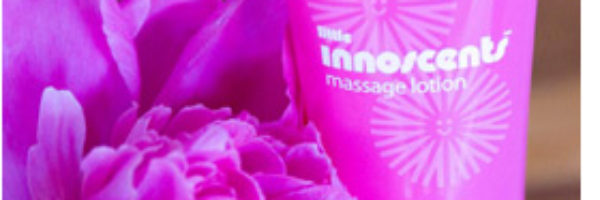As an exporter, it’s easy to think that successfully entering the Chinese market is a one-way ticket to millionaire status. But there is a range of hoops to jump through before a business can sell its products and services into the Chinese market. It pays to have access to in-country expert resources and advice to pave the way.
A veteran of the increasingly well-trodden trade route between Australia and China is BioProspect’s chief operating officer, Peter May. BioProspect develops and distributes natural products for humans and animals, including cosmetics, animal health products and natural pesticides.
May says when distributing products throughout Asia it’s important to understand that “every country is different. The Chinese market is very heavily regulated and you need to work with a local partner to understand what’s required.”
“Chinese regulators need to do their own testing and you pay for that. It’s also often easier to get national approvals at the local provincial level rather than in Beijing.”
May says before a business can start exporting products to China it’s useful to establish a well-developed product data package supported by production and testing results generated in Australia. “We work with Australian manufacturers to develop product data, and use this as a springboard into other markets. Entering the Singaporean market is not as difficult as other Asian markets and can be used as a stepping stone into other ASEAN countries.”
Much is made of the need to properly protect a business’s intellectual property when entering a market such as China so local manufacturers don’t copy the product when it’s at the testing stage and then rush the product to market earlier than the foreign business can.
To address this, May says BioProspect is developing trademarks for its proprietary formulations and the processes used to make its formulations, and to also give it a point of differentiation in the Chinese market.
“There are so many products in China you really need to be selling something different and special. We collaborate with research bodies and blend new technologies into our products.” Having such a highly specialised and technical range of products helps to prevent other businesses from copying BioProspect’s intellectual property.
May says foreign companies in China have also had some success challenging local companies that have copied their products, and that Western-style intellectual property laws to protect foreign businesses now exist.
Chinese born import/export consultant Lindy Chen, who runs China Direct Sourcing Services, agrees that it’s important to have a business of sizeable strength to expand into China and a genuine point of difference to be a successful exporter.
“China is a large country with 30 different provinces, which are really 30 different market segments – it’s not like in Australia, you can’t have the same strategy for different markets.”
She uses the example of one of her clients, a wine exporter, to demonstrate her point. “We had to firstly think about who would consume the product and consumer behaviour and where the consumer is located.”
“In Australia we might have a glass or two of wine with dinner at home, but in China, wine drinkers are more likely to be a group of friends at a disco. So the export strategy has to take this into account. You also have to think about the pricing strategy. Here a bottle of wine might cost $20 or $30 dollars, but when you take into account export taxes, consumption taxes and the margin for the retailer, the same bottle of wine in China could end up costing $200 or $300 dollars a bottle, which would make it totally unaffordable.”
One business owner who has been trying to enter the Chinese market for two years is Antonette Golikidis, director of organic baby skincare range Little Innoscents. She acknowledges that the attraction of the Chinese market is its huge size. “There are just so many business opportunities; if you’re successful then the potential for the business is massive.”
Golikidis has been working with a local Chinese distributor to address regulatory issues and says it takes between three and 12 months for product testing to take place.
“The testers need to ensure the accuracy of our product testing and that what we’re saying is correct and is in line with Chinese requirements,” she says, adding that “it’s all about who you know and making sure they know the right government people.”
Golikidis is looking for a distributor who can assist her to market her products and come up with a sensible pricing strategy. “In China, everything is about the brand. What we’ve got in our favour is that the Chinese like Australia and they think we offer a good, clean product. We’re hopeful consumers will factor this in when making a decision between our products and other products in the market.”
The Australian Financial Review, 27 July 2011

